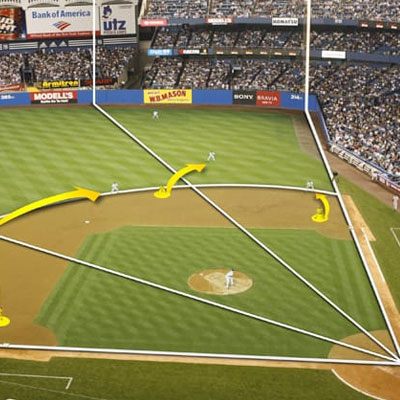Dynamic Dimensions: Exploring the World of Sports Architectural Design

Sports architectural design is a fascinating realm where form meets function, creating spaces that inspire athletes and spectators alike. From iconic stadiums to cutting-edge training facilities, the world of sports architecture encompasses a wide range of structures designed to enhance performance, promote safety, and create memorable experiences. In this article, we delve into the dynamic dimensions of sports architectural design, exploring its evolution, key principles, innovative trends, and notable examples that have redefined the landscape of sports venues globally.
I. Evolution of Sports Architectural Design
The evolution of sports architectural design can be traced back to ancient civilizations, where arenas and amphitheaters were built to host athletic competitions and public spectacles.
However, it was during the modern era that sports architecture witnessed significant advancements, driven by technological innovations, evolving sporting events, and the growing demand for state-of-the-art facilities.
One of the defining moments in sports architecture was the construction of the Panathenaic Stadium in Athens, Greece, for the first modern Olympic Games in 1896. This iconic stadium, with its classical design and capacity to accommodate thousands of spectators, set the stage for future sporting venues around the world.
II. Key Principles in Sports Architectural Design
Sports architectural design is guided by several key principles that prioritize functionality, aesthetics, and user experience:
Functionality: Sports venues must be designed to meet the specific needs of athletes, officials, and spectators. This includes considerations such as seating layout, sightlines, acoustics, lighting, and environmental control systems.
Safety and Accessibility: Ensuring the safety and accessibility of sports facilities is paramount. Design elements such as emergency exits, wheelchair access, and clear wayfinding signage contribute to a safe and inclusive environment for everyone.
Flexibility and Adaptability: Sports venues often host a variety of events beyond their primary purpose. Designing spaces that can adapt to different configurations and requirements allows for greater versatility and maximizes utilization.
Sustainability: With a growing focus on environmental conservation, sustainable design practices are increasingly integrated into sports architectural projects. This includes energy-efficient building materials, renewable energy sources, water conservation measures, and green spaces.
| Also Read: Innovative Architectural Designs Shaping the Future of Sports Facilities |
III. Innovative Trends in Sports Architectural Design
The field of sports architecture is constantly evolving, driven by innovation and technological advancements. Some of the latest trends shaping the industry include:
Biophilic Design: Integrating nature into sports venues through green roofs, living walls, and natural light not only enhances aesthetics but also promotes a healthier and more sustainable environment.
Technology Integration: From state-of-the-art LED displays to interactive fan experiences, technology plays a crucial role in modern sports architecture. Virtual reality, augmented reality, and advanced analytics are also transforming how athletes train and perform.
Adaptive Reuse: Repurposing existing structures for sports purposes, such as converting industrial buildings or historic sites into sports facilities, is a sustainable approach that adds character and heritage to the design.
Wellness and Fitness Facilities: Sports venues are expanding beyond game-day experiences to include wellness centers, fitness studios, and sports medicine clinics, catering to the holistic needs of athletes and the community.
Community Engagement: Designing sports facilities as community hubs that offer recreational activities, cultural events, and educational programs fosters social interaction and enhances the overall quality of life.
IV. Notable Examples of Sports Architectural Design
Several iconic sports venues around the world showcase the pinnacle of architectural innovation and design excellence:
Allianz Arena (Munich, Germany): Known for its striking illuminated façade that changes colors, this football stadium exemplifies contemporary stadium design and technological integration.
Arthur Ashe Stadium (New York City, USA): Home to the US Open tennis championships, this retractable roof stadium combines functionality with sustainability features such as rainwater harvesting and energy-efficient lighting.
Tokyo Aquatics Centre (Tokyo, Japan): Designed for the 2020 Olympic Games, this aquatic center features a wave-like roof structure and innovative pool technology for optimal performance.
Suzhou Olympic Sports Centre (Suzhou, China): With its futuristic design inspired by traditional Chinese architecture, this multi-sports complex embodies a blend of modernity and cultural heritage.
Optus Stadium (Perth, Australia): Featuring a lightweight roof design and immersive fan experiences, this stadium sets new standards for sustainability and spectator comfort.
Conclusion
Sports architectural design continues to push boundaries and redefine the way we experience sports and entertainment. By integrating innovation, sustainability, and user-centric principles, architects and designers are creating dynamic spaces that inspire athletes, engage communities, and leave a lasting legacy in the world of sports.
Through a blend of creativity, technology, and a deep understanding of human needs, sports architectural design continues to evolve, shaping the future of sports venues and enriching the overall sporting experience for generations to come.





